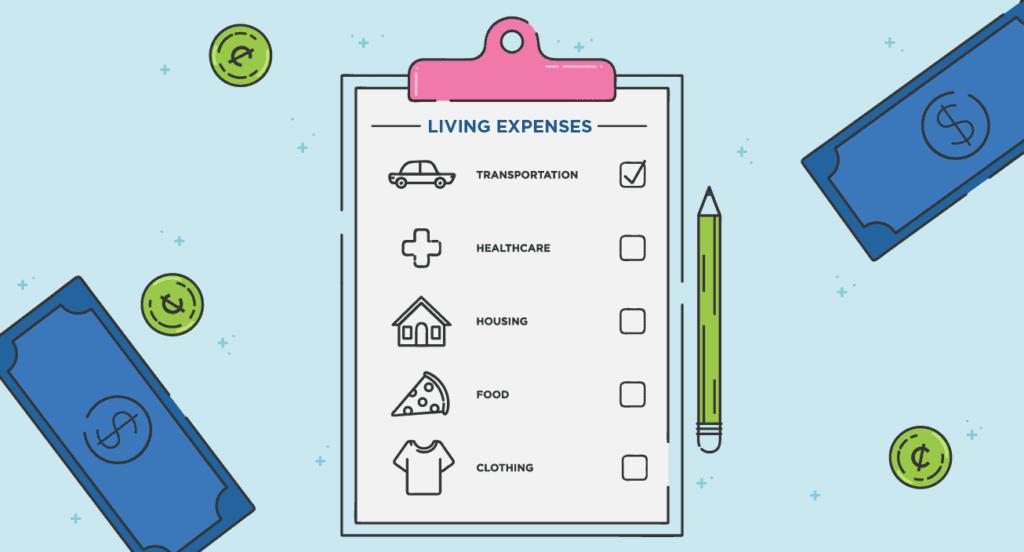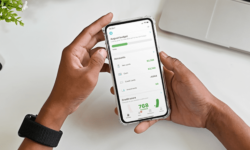Track Expenses in 3 Easy Steps: Never Fail at Budgeting
Let’s face it; we’ve all tried our hands at budgeting and failed a few times. Some of us gave up trying to track expenses, and some persisted. Those who endured are now reaping the benefits of budgeting. Do not despair when you fail at budgeting because there is no rule dictating budgeting.
Furthermore, you get to learn a lot about finances as your muddle along. To grasp the art of budgeting, you will need from three to six months. So be patient and consistent, and within no time, you will be totally in control of your finances.
Most of the time, we fail at budgeting because we do not understand our spending habits. So, track your spending; otherwise, your spending plan will never work.
So Why Should You Track Your Spending?
- Helps in creating and maintaining a budget
Budgeting and spending go hand-in-hand. It is impossible to maintain a budget if you do not know your income and expenses each month.
- Reveals your behavior with money
You must track your expenses to give you a view of how you treat money. For instance, you may notice that you tend to go out almost every day during the weekend, and instead of cooking, you order take-out or dine out.
This will help you when you are eliminating expenses during budgeting.
- It helps you understand your spending habits
When you track your expenses, you will understand your spending habits and identify where you excel and fail when managing your money. It will also help you prioritize by identifying when you should allocate more money and where to cut off.
- Prepares you for the tax season
Tax season is the most frustrating and stressful time of the year, especially for those who do not keep tabs on their spending. You should know that many expenses are tax-deductible, meaning that some tax refunds.
But this is only possible if you track, categorize and disclose the business expenses on time. So, track your expenses manually using a notebook, spreadsheets, or digital apps and reap the benefits of tax write-offs.
- It gives you a peek into your financial progress
Apart from instilling discipline in your spending, tracking your spending helps you see how far you’ve come in your financial journey. And with your tracker, you can see how far along you are with your goals.
You will make some bad decisions along the way, but don’t let them dampen your mood because the good eventually outpaces the bad. Your progress motivates you to stay committed to your goals. So remember to celebrate the small wins.
- Reduces impulse buying
Impulse buying is the biggest enemy of budgeting. The goal of tracking your expenses and creating a budget is to eliminate these bad habits.
And the sooner you realize that impulse buying will harm your finances, you will avoid any situation that triggers impulse buying. This is because your goal is to achieve financial stability.
- It helps you avoid debts
When you have a debt, you are required to pay principal plus interest. And if you fail to track your expenses, chances are you will miss a payment or two, resulting in an overall loan increase.
So start tracking your expenses, and you’ll be surprised about how much money you can save and put it towards your debts. This will enable you to pay your debts faster and save for emergencies. So get in charge of your income by tracking your finances.
Read Also: How to get out of debt faster

3 Easy Steps to Track Expenses
Now that you know all the benefits you will reap by tracking your expenses, what are you waiting for? Start tracking your spending in these 3 easy steps.
- Create a spending plan
Budgeting is not everyone’s cup of tea, but if you want to get a handle on your spending and start saving for your future, then it is essential. The first step to tracking your expenses is to set goals for your spending.
Write down all your expense list and categorize in terms of priority. This list will help you identify what’s essential and what’s not. And by the end of the month, you’ll be having a rough idea of how you spend your income.
Read Also: How to create a monthly budget
- Choose your tracking method
After listing down your expenses, the next step is to identify the most suitable spending tracker. A tracker is fundamental when you are new in budgeting because it can evaluate your goals and compare them to your spending behavior, allowing you to assess where you need to cut back or if you should start treating yourself once in a while. You can choose a tracking method from the list below:
A notebook: This is the most effective tracking method because you can take it everywhere with you and record your expenses in real time. The downside of a notebook is it can get lost, setting you back from the start.
Spreadsheet: This can be found in your Google Drive, and it’s best since it is free and easy to use. You can use the tracking expenses templates to edit and include your expense list and income.
Tools: 10 Best Free Budgeting Apps
- Perform weekly reviews
Once you’ve selected an expense tracking method that works for you, performing weekly reviews is essential. Do this without fail because, during your reviews, you can identify areas you need to adjust in your budget to adjust yourself in the coming week. For instance, if you bought more groceries on offer, you know that you will need just a few items the following week and adjust your spending plan accordingly.



